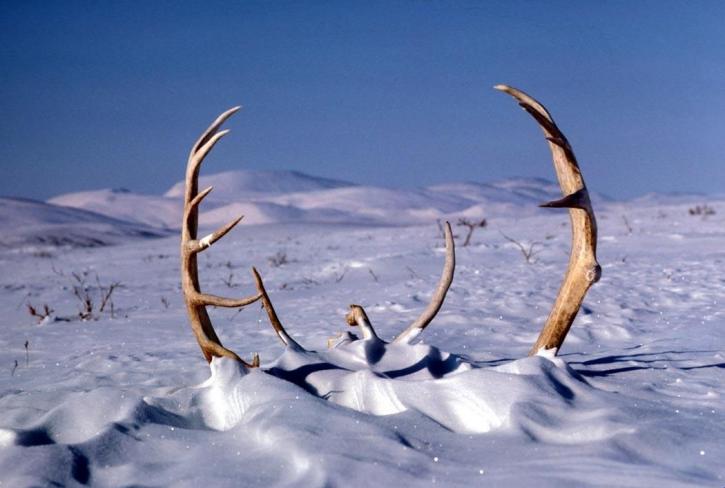Like this article? rabble is reader-supported journalism. Chip in to keep stories like these coming.
Alberta is home to two of Canada’s imperilled caribou populations: the southern mountain and boreal woodland herds. Both are threatened with extinction.
Under the federal Species at Risk Act, the boreal woodland caribou recovery strategy requires provinces to develop range plans by 2017, outlining paths to recovery. Because caribou need large, intact areas, degraded habitat must be restored so industrial and natural disturbances affect no more than 35 per cent of each range.
The challenge to recover caribou is not Alberta’s alone; it is a national undertaking. Boreal caribou are threatened in every province except Nova Scotia, New Brunswick and Prince Edward Island.
Federal assessments show high levels of oil, gas and forestry activity mean no boreal herd in Alberta is likely to survive without significant changes in habitat management. In 2011, the range of the Little Smoky herd was assessed as being 95 per cent disturbed by industrial activity, and oil, gas and forestry have since caused further damage.
In many ways, the Little Smoky herd symbolizes what is wrong with our approach to land management. While humans are one of about 10 to 30 million species, many of which require vast areas to survive, we set targets for protecting 12 per cent of our land base for wildlife while taking over the other 88 per cent. Politicians in Alberta have spoken of “balancing” economic and ecological values, but seeing less than five per cent of the Little Smoky range left undisturbed highlights the faulty scales.
Alberta recently released its draft range plan for the Little Smoky boreal and A La Peche southern mountain herds, allowing continued forestry and petroleum approvals in both ranges. It also proposes ongoing predator control — in the Little Smoky range, hunters killed 841 wolves between 2005 and 2012 — and a “rearing facility”, a 100-square-kilometre permanent enclosure to fence in female caribou and “export” yearlings. The public can comment on the plan until August 5.
To be fair, the draft plan, based on a mediator’s recommendations, includes progressive elements such as restoring old seismic lines, and the province has committed to significant protected areas for some northern caribou populations. And Alberta’s current government is paying the price for previous governments’ years of inaction to address caribou habitat needs.
But the plan’s troubling components could set a terrible national precedent.
It outlines a vision for a “working landscape,” where “caribou and careful development co-exist.” Yet no evidence exists that working forests work for caribou. Caribou don’t adapt to human presence like squirrels or raccoons. They’re intensely shy creatures that avoid humans and human-created disturbances.
Band-aid solutions like predator control and enclosures don’t pertain to Alberta alone; they represent a growing national trend of allowing industrial activities to continue, merely softening negative effects rather than ensuring adequate habitat is maintained for species’ survival. Mitigation might lessen the bite of impacts or stave off extinction, but it will not advance recovery. That can only occur by restoring healthy, functioning ecosystems.
Governments that employ predator control rarely, if ever, pursue sufficient habitat protection measures to justify its use. By allowing habitat disturbance to worsen over the next five years, Alberta will likely prolong its reliance on killing predators.
Both predator control and permanent enclosures impair functional ecosystems, of which predator-prey dynamics are a linchpin. Caribou are integrally shaped by interactions with their habitat and the predators they try to avoid. Experiments like caribou enclosures muddy the recovery landscape. Captive breeding initiatives are usually cast as good news but often detour from addressing primary problems.
The mediator recommended examining the potential for similar enclosure projects in other caribou ranges. This must not happen. Wildlife “zoos” must not become the new norm. We should be blunt about what permanent enclosures represent: our epic failure to manage landscapes so they can continue to support wildlife.
As the mediator recommends, governments must work not only with industry to change management practices but also with conservation organizations and Indigenous communities, many of which rely on caribou — or did before herds disappeared — for sustenance. Provincial governments must uphold their responsibility to recover caribou by ensuring healthy ecosystems are maintained and restored. Half measures that keep caribou alive through human interventions while further degrading their homes won’t suffice.
Written with contributions from David Suzuki Foundation Science Projects Manager Rachel Plotkin.
Learn more at www.davidsuzuki.org.




